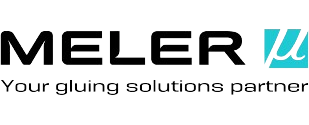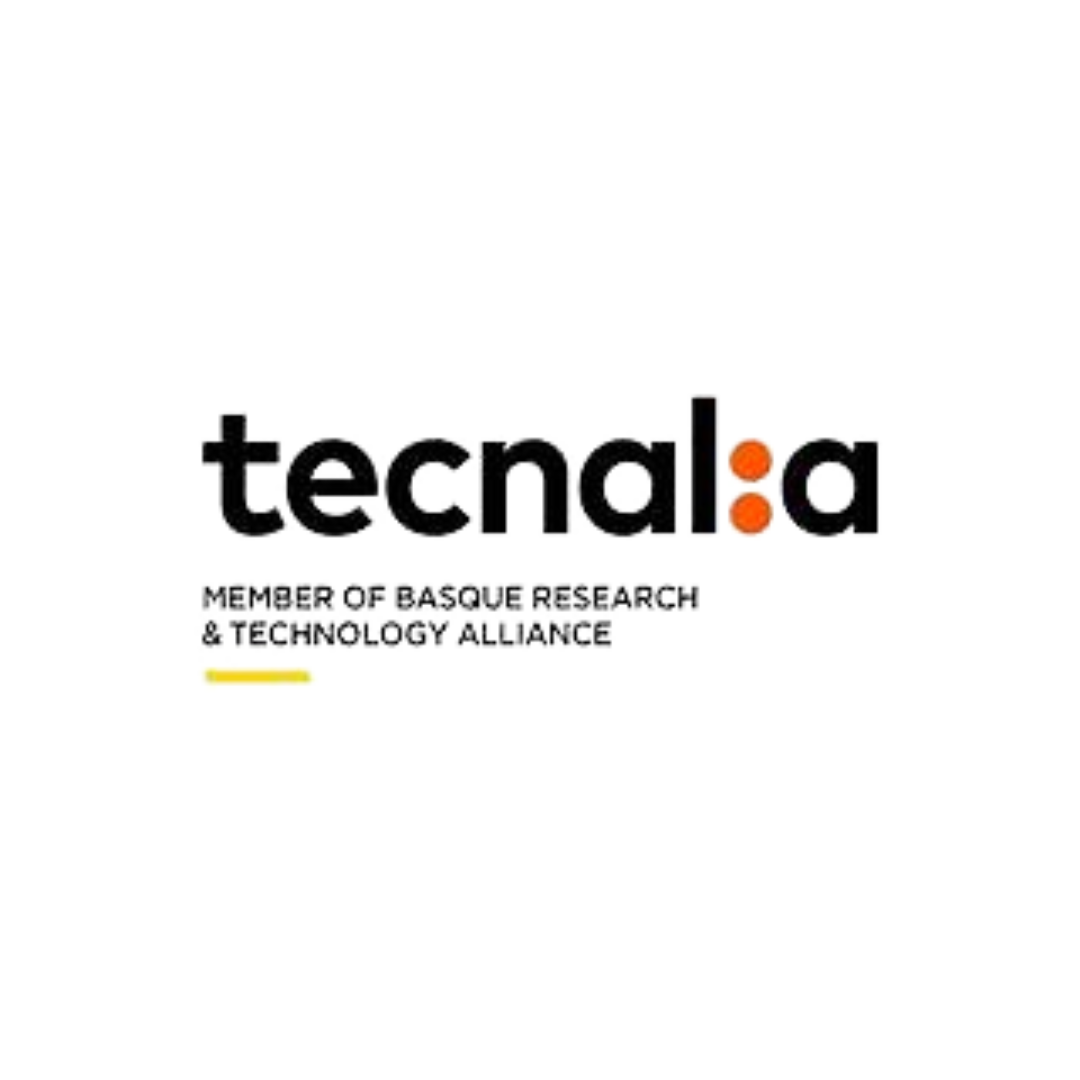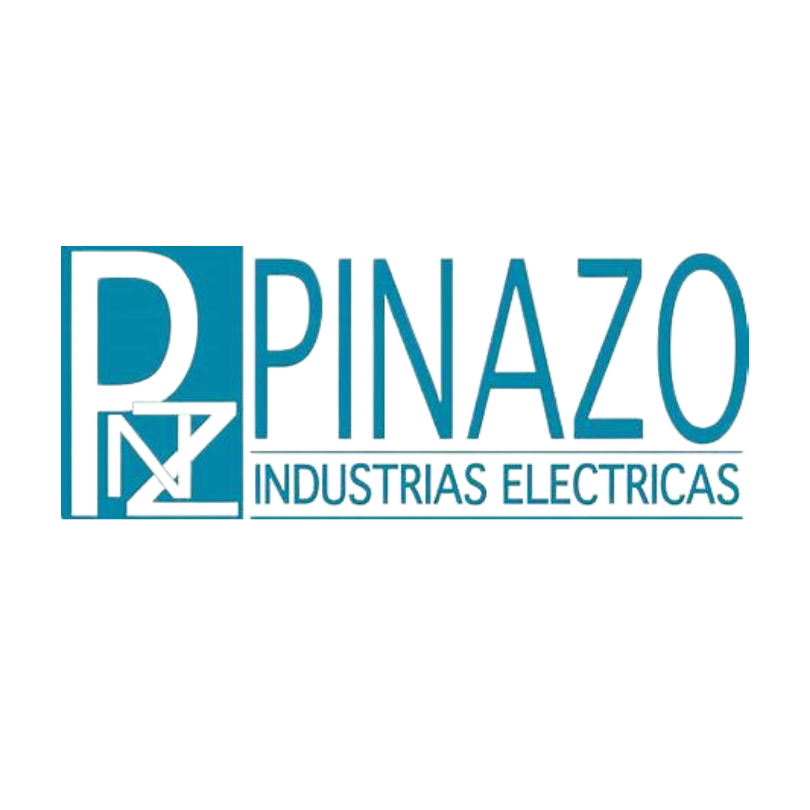
Soluciones RFID en empresas de cualquier tamaño y sector
Discover how our Radio Frequency Identification services platform (RFID) enables efficient, digital, and reliable management for 100% of our clients in real real time.












Thanks to the RFID tagging system implemented in our central warehouse, we have gone from days to minutes in inventory management.
Raúl Zudaire
Meler Operations Director

Creamos un entorno digital para optimizar y automatizar el flujo de AMRs (Autonomous Mobile Robots) durante la preparación de pedidos de compra online. Una vez completado el pedido, los AMR llegan de manera autónoma a la zona de delivery seleccionada por el cliente.

The technology developed by Xymbot combines blockchain and Artificial Intelligence to provide access to traceable, transparent, and reliable data about the product lifecycle. DPP transforms the way product information is shared along the supply chain, from manufacturers to consumers, thus enabling better decision-making for purchases, repairs, and recycling.

We developed the Digital Product Passport (DPP) using private blockchain technology with smart contracts to audit the data associated with a batch of Micron 5+ series products from Focke Meler.
Funded by KIKLOS40 (No. 872570) 2nd Open Call.

The operator is at the heart of Industry 5.0. In collaboration with researchers from Tecnalia, we have developed a tool to improve the quality control process on the assembly line for the Micron 5+ series from Focke Meler. The tool combines Augmented Reality (AR) and Artificial Intelligence (AI) to detect 100% of errors in real time.
Funded by SHOP4CF (No. 873087) 3rd Open Call.

The DPP solution, developed by Xymbot, integrates encryption techniques, data auditing, and Artificial Intelligence for estimating health indicators and remaining life time of each product throughout its lifecycle. DPP is a disruptive technology in terms of transparency, interoperability, and optimal decision-making through verified, reliable, and auditable data for various internal and external stakeholders.
Funded by CDTI NeoTec 2023

Proven operational efficiency
Eleva tu negocio al siguiente nivel y asegura entregas eficientes y confiables.
Our IaaS Solution

RFID revealed: One step close to efficient supply chain management.
- Zero human errors in order preparation and zero shipments of incomplete orders.
- Anticipate undetected stock shortages, eliminating production delays.
- Eliminate loss of information and paper expenses on delivery notes, manuals, and product relabeling.
- Digitize the management of data associated with your products in a traceable, transparent, and reliable manner.

Business model
PAY PER USE (IaaS)
Access all equipment, software, and maintenance without a large upfront investment, through a monthly subscription.
DIRECT PURCHASE
The equipment becomes your permanent property, and you only pay for operational and maintenance expenses.
FAQ

RFID (Radio-Frequency Identification) technology uses radio waves to identify and track objects. It consists of an RFID tag, an RFID reader, and software for encoding and decoding the read tags.
Ofrece ventajas tales como la automatización, la identificación de productos sin línea de visión directa, la capacidad de almacenamiento, la reutilización y seguridad de la información, entre otros.
El proceso de lectura de etiquetas RFID es automatizado, es decir, ahorra tiempo y reduce la necesidad de intervención humana.
Además, la velocidad y eficiencia de la tecnología RFID permite procesar grandes cantidades de información en poco tiempo.
Asimismo, la tecnología RFID no requiere línea de visión directa, las etiquetas son leídas a través de materiales como plástico, madera o papel.
También, la capacidad de almacenamiento de datos en una etiqueta RFID es mucho mayor que la de una etiqueta tradicional.
Finally, RFID technology offers a higher level of security compared to traditional tags because the data stored on the tag can be encrypted, thus increasing traceability, control, and security in terms of data integrity and confidentiality.
a. Improved efficiency:our solution enables real-time tracking of products and/or product batches, resulting in automated inventory management, product flow, and dispatch control throughout the entire value chain.
b. Reducción de errores y sobrecostes logísticos: eliminamos la necesidad de la entrada manual de datos, lo que elimina los errores humanos en la expedición de pedidos y aumenta la trazabilidad, fiabilidad y auditoría de estado de cada producto en tiempo real a lo largo de toda la cadena de valor.
c. Increased security: proporcionamos una trazabilidad automática y auditable, lo que aumenta la seguridad y reduce el riesgo de falsificaciones o pérdida de productos.
The investment costs for acquiring and assembling an infrastructure of RFID IoT sensors, as well as the investment in highly skilled labor for configuration, updates, and technical support, can pose an entry barrier for the implementation of such technology.
In addition, RFID technology can be susceptible to interference from other electronic devices, metallic objects, or large volumes of stored liquids, which can affect its detection and reading capabilities without direct line of sight.
Xymbot Ltd. eliminates the investment costs in IoT infrastructure for our clients through a pay-per-use (all-in-one) service that includes: leasing of the sensors, assembly and configuration of the IoT network, selection of customized tags according to the use case, customized traceability and control panels, security and encryption of the information exchanged by each node, service updates, and specialized technical support 24/7/365.
The reading range of passive RFID tags depends on several factors: the operating frequency, the signal power of the RFID reader, the size and shape of the tag antenna, and the application environment.
In general, passive RFID tags can have a reading range from a few centimeters to several meters. At higher operating frequencies, such as in the range of 900 MHz to 2.4 GHz, passive RFID tags can have a reading range of up to 10 meters or more, depending on the environment and the reader antenna. Additionally, the type of passive RFID tag can also influence its reading range.
Passive RFID tags with high gain, such as "long-range" tags, can have a reading range of up to several meters in specific applications, such as identifying large assets.
1.Power source las activas tienen una fuente de alimentación interna, generalmente una batería. En cambio, las etiquetas RFID pasivas no tienen una fuente de alimentación interna y dependen de la energía proporcionada por el lector RFID para activarse y transmitir datos.
2. Battery life: En el caso de las etiquetas activas tienen una batería interna que eventualmente se agotará y deberá ser reemplazada o recargada. La duración de la batería varía según la aplicación y el uso de la etiqueta. Las etiquetas RFID pasivas no tienen una batería interna y, por lo tanto, no tienen una duración limitada de la batería.
3. Cost: Suelen ser más caras las etiquetas RFID activas que las etiquetas RFID pasivas, debido a su mayor capacidad de almacenamiento y a la necesidad de una fuente de alimentación interna.
4. Storage capacity: Active RFID tags typically have a higher data storage capacity than passive RFID tags.
5. Range: The difference between both types of RFID tags is that active ones can have a much greater range, reaching tens of meters.
